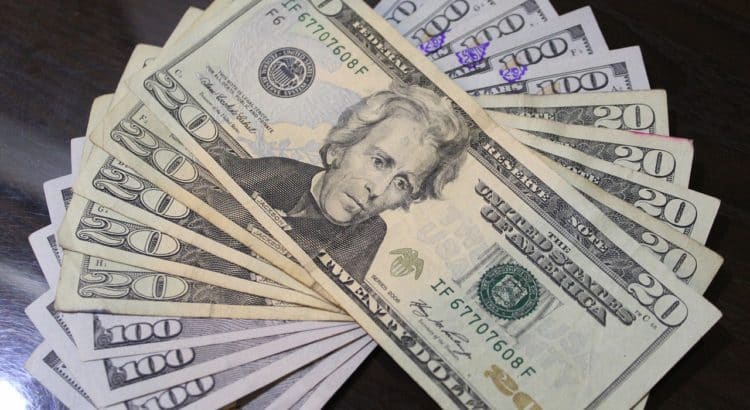Looking to buy a new home? On the market for a new car? Interested in remodeling your home? Whatever your needs, it’s important to choose the right loan. In order to find the right loan for your needs, you need to determine which one is the best option. This guide will explain the seven most common loans and what you can use them for, according to Brice Capital.
1. Conventional Loans
These loans are otherwise known as mortgages that come from lending institutions that are not affiliated with the Federal Housing Administration or the U.S. Department of Veteran Affairs. You can apply for a conventional loan through your bank, credit union, or mortgage lender. Other types include government-sponsored conventional loans through Fannie Mae or Freddie Mac. A conventional loan is a good choice for potential home buyers who have good credit and the available funds towards a payment.
2. Conforming Loans
Conforming loans are also mortgages that are offered by Freddie Mac and Fannie Mae. The only difference with this loan is that it comes with a maximum amount that’s established by the Federal Housing Finance Agency. You have to satisfy the requirements for the Fannie Mae or Freddie Mac loan. In order to qualify for a conforming loan, you must have a credit score between 620 and 640. If your credit score is lower, then you could still qualify for an FHA loan.
4. Non-Conforming Loans
Unlike conforming loans, non-conforming loans don’t follow the guidelines and qualifications set by Fannie Mae and Freddie Mac. If you need a loan that has a larger amount then a conforming loan provides, then you should look into various non-conforming loan options such as jumbo loans. The right jumbo loan can be hard to find since there are limited options. You’re also subject to higher down-payments and more scrutiny cautions Brice Capital.
5. Secured Loans
A secured personal loan allows you to borrow money towards an expense such as a new vehicle or home repairs. Secured means that it is backed by collateral, such as your home or vehicle. Your property can be seized in the event that you don’t pay back the loan. You can apply for a secured loan at a bank, credit union, or another financial lender.
6. Unsecured Loans
Unsecured loans aren’t backed by collateral. Instead, it’s based on your credit history and income. You must have an excellent credit score in order to be approved for an unsecured loan, otherwise the interest rates will be much worse. You can use an unsecured loan for going to college, starting a business, consolidating debt, or purchasing an expensive item. Types of unsecured loans include credit cards as loans, a personal line of credit, peer-to-peer loan, and student loans.
7. Open-Ended Loans
Open-ended loans come with a fixed limit that you can borrow again once you repay the original amount. Credit cards and home equity loans are two examples of open-ended loans. In this case, the lender will approve you for a certain amount based on your credit history and the balance owed on your loan. This is similar to a line of credit that you can borrow, repay, and borrow again. Homeowners often use open-ended loans to help them pay home improvement projects.
8. Close-Ended Loans
Close-ended loans cannot be used more than once. Examples of close-ended loans include car loans, mortgages, and student loans. The loan amount will decrease as long as you meet the monthly payments. If you need to borrow more, then you’ll have to reapply for another loan. For example, if you borrowed a loan for a vehicle but you need one for a separate expense then you’ll need to find a different lender. If you only need a certain amount of money, then this is the best option to choose.
